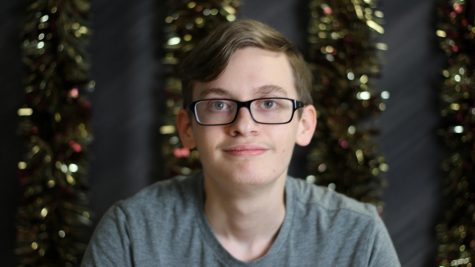Why do Social Medias seem so Homogenized?
Instagram has begun rolling out a new interface layout to make “Reels,” a feature introduced in August that heavily mirrors TikTok, a more prominent app. Twitter recently introduced a new feature called “Fleets,” 24-hour only posts that are reminiscent of Snapchat and Instagram Stories. Furthermore, Twitter is also planning to have Discord-like voice calls within an upcoming feature called “Spaces.” As these Silicon Valley tyrants bloat their platforms with features, the question on everybody’s mind is “why?”
Well to answer that question, we need to raise another: how do these platforms make money? After all, social media platforms are owned by companies, and companies need to profit to flourish and keep said platforms online. The answer? Advertisements. Other companies pay these sites to have their content featured in hopes of getting and retaining customers. Whenever you see an ad before a Youtube video or a Tweet in your timeline marked “Promoted,” someone paid Google or Twitter Inc. to have that content shown in front of you.
This advertising method of monetization could easily explain why social media like Instagram, Facebook, and Twitter, copy and paste selling points of other apps into their own. They’re trying to keep you on as long as possible. Video sharing sites like Youtube can keep people on longer by incentivizing content creators to create longer videos with midroll ads, or ads that play during the video rather than at the beginning. But for other platforms, keeping users on longer is a challenge that requires more creative thinking, and the answer most have come up with is making their platform a one-stop shop for all their content needs.
The Facebook-owned suite of Facebook, Instagram, and Whatsapp are among the most faithful subscribers to this philosophy. Along with copying Snapchat via implementations of their own variants of “Stories,” the former two have tried their hands at making video-sharing side projects to compete with YouTube: Facebook Video and IGTV respectively. They also both have features allowing users to go live. Instagram’s Live service is most akin to Twitter-owned Periscope, while Facebook Gaming is meant to directly compete with Twitch and Mixer, even attempting to bring over famous streamer Tyler “Ninja” Blevins onto the service. Though Ninja turned down the offer, it still shows how serious the company is to have their fingers in as many pies as possible.
So as these social media platforms implement more features, they keep users on longer, and therefore able to show them more ads to make more money. That’s why Instagram has its own TikTok, why Twitter is planning to have voice calls, and why every social media took stories from Snapchat and put them into their own architecture. They’re ensuring their users stay on their platform and don’t spend their attention on some other app and rob them of valuable ad money. So the next time Instagram or Twitter introduces something new or overhauls its user interface, ask yourself “What is this reminiscent of?,” “Why are they adding this?,” or “Why now?”



